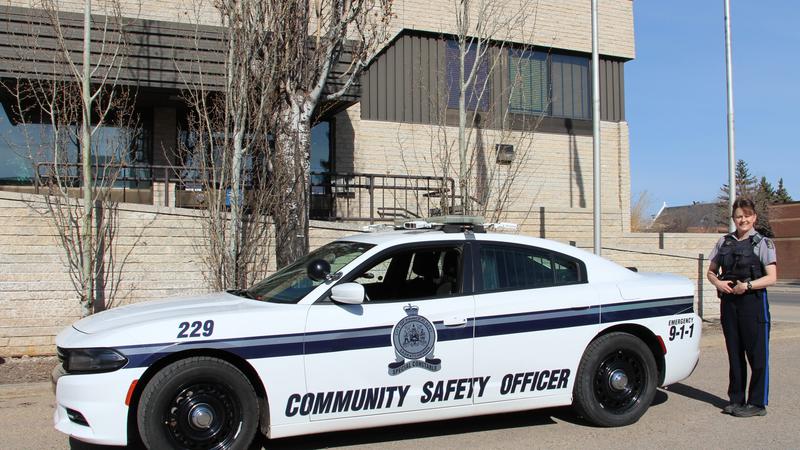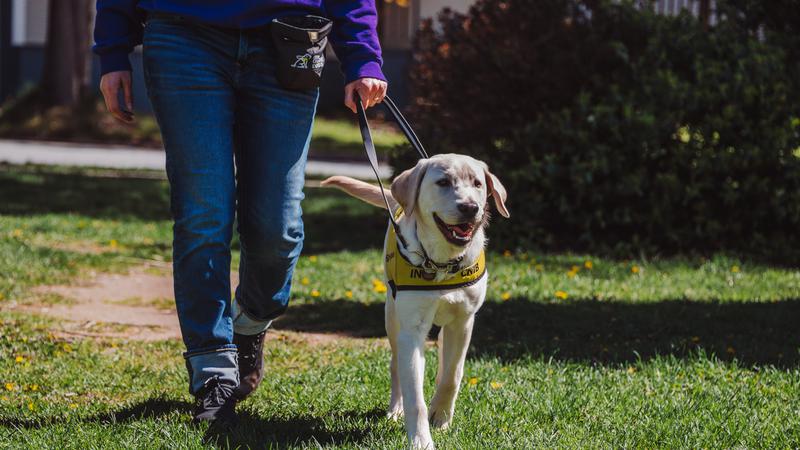
Is tiered policing the answer to recruiting and containing costs for Prince Albert Police Service?
Tiered policing is a strategy that mixes regular police officers with members who have limited powers. It’s not a new concept to Prince Albert; the service already has a couple of Community Safety Officers (CSOs) – one of whom was recently commended by the province. However, Police Chief Patrick Nogier is exploring the idea of increasing the size of the CSO complement to help alleviate some of the pressures on the frontline policing response.
“We hear from the community on regular intervals that police presence is not as high as it should be. We’d like to see more police officers available to respond to calls of people that are drunk and disorderly, or suffering from homelessness,” Nogier said. “If we can have a response that’s uniform in nature that provides a tiered police presence – again, not a fully functional police officer, but one that can provide some type of policing response — we can invest in that and do it quicker than having to train a fully functional officer.”
Nogier said the CSO’s differ from bylaw officers in that they’re provided an advanced level of training with respect to policing issues. Where the bylaw officers focus solely on enforcing municipal regulations, CSO’s can assist in things like crime scene containment, shoplifting complaints, minor vehicle accidents or other scenarios where a policing presence is required, but there is minimal risk to the member.
A number of municipalities across the country have adopted forms of tiered policing. Regina, for example, implemented Alternative Response Officers (AROs) to patrol the downtown core in 2024 as part of a two-year partnership with the Ministry of Corrections, Policing and Public Safety. The initial agreement saw $300,000 in provincial government funding matched by the Regina Police Service to roll out the program, train and pay for the first year of salaries.


